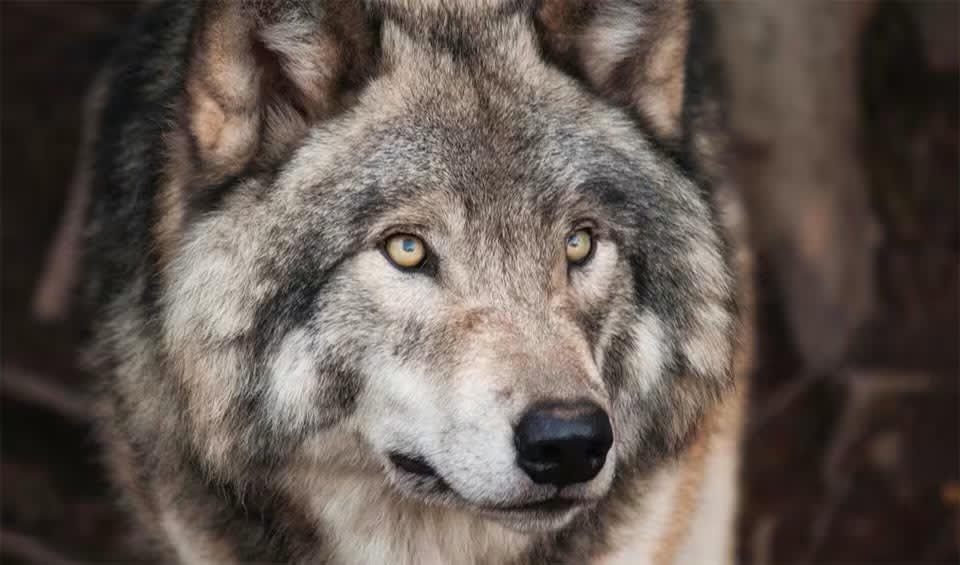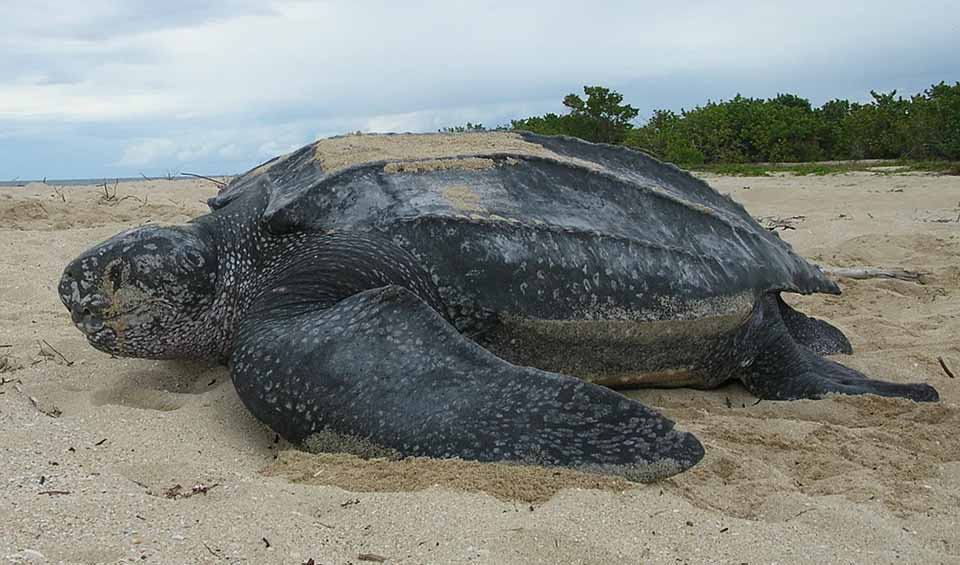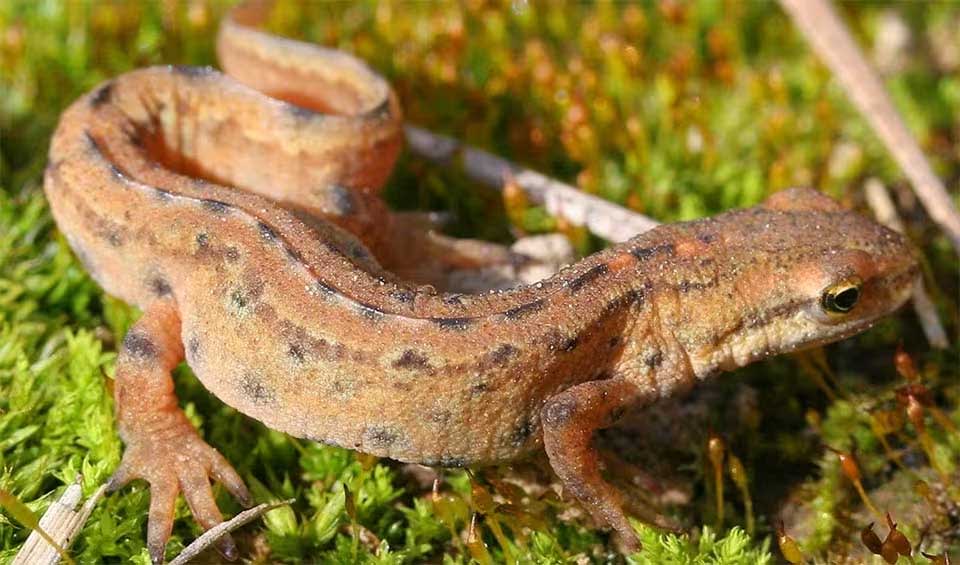Ireland, officially known as the Republic of Ireland, is an island nation located in the North Atlantic, west of Great Britain. It occupies most of the island of Ireland, sharing a border to the north with Northern Ireland, which is part of the United Kingdom. The country covers an area of approximately 70,273 km² (27,133 mi²).
The landscape of Ireland is diverse, featuring coastal cliffs such as the Cliffs of Moher, mountain ranges like the MacGillycuddy’s Reeks, and expansive boglands. The River Shannon, the longest river in Ireland, flows south through the central lowlands, providing a vital waterway for the country’s ecosystem. Its rich biodiversity includes a variety of flora and fauna. The country’s mild climate and varied habitats support species such as red deer, pine martens, and a wide range of bird species. The Atlantic coast is home to marine life, including dolphins, seals, and numerous fish species.
Four pillars elaborated:
Several key general threats to biodiversity have been identified, including direct damage such as peat cutting, drainage, and the construction of buildings and infrastructure, as well as the reclamation of wetlands like bogs and fens, and the extraction of sand and gravel. Over-grazing and under-grazing of grasslands, peatlands, and coastal habitats also pose significant risks, alongside pollution of both surface water and groundwater by nutrients or silt. Unsustainable exploitation of water, sand, peat, fish, and other natural resources exacerbates these threats, while invasion by alien species of plants and animals further compounds the challenges faced. Additionally, recreational pressure in previously undisturbed areas adds to the strain on biodiversity, highlighting the urgent need for comprehensive conservation measures to mitigate these threats and protect ecosystems for future generations. Land Management
Land Management
To safeguard its natural heritage, Ireland has established a comprehensive network of protected areas, comprising more than 913 sites. These include 309 sites designated under national laws, such as National Parks and Natural Heritage Areas, as well as 604 sites recognized as Natura 2000 sites, forming part of a broader European Union-wide network of protected areas. Ireland’s protected areas span a diverse range of habitats, encompassing raised bogs and blanket bogs, which are unique wetland ecosystems supporting specialized plant and animal life. Additionally, the network includes turloughs, seasonal lakes crucial for breeding migratory birds, sand dunes and machair, coastal habitats boasting rare plant communities, as well as heaths, lakes, rivers, and woodlands, each providing vital habitats for distinct flora and fauna. Threats to Biodiversity
Threats to Biodiversity
Funding programs and incentives in Ireland encompass various initiatives such as the natural heritage sub-program, the water services sub-program, rural development program, rural environment protection scheme, forest environment protection scheme, agricultural incentives, forestry incentives, and the Biodiversity Fund. The principal national legislation for wildlife protection in Ireland is the Wildlife Act (1976), which includes provisions for designating Statutory Nature Reserves, Refuges for Fauna and Wildfowl Sanctuaries, and safeguarding listed plant species under the Flora Protection Order (1999). Presently, the Act extends protected status to all bird species, 22 other animal species or groups, and 86 species of flora. Capacity and Governance
Capacity and Governance
The future biodiversity plan of Ireland is an important initiative aimed at preserving and protecting the country’s rich and diverse wildlife. The plan is being developed with the goal of creating a sustainable and resilient environment that supports healthy ecosystems and promotes the well-being of both humans and wildlife. The plan will focus on a range of measures, including habitat restoration, wildlife conservation, and the promotion of sustainable practices in agriculture, forestry, and fisheries. Future Trends
Future Trends
Biodiversity
Ireland’s biodiversity is rich and varied, encompassing a range of habitats from coastal regions and wetlands to forests and grasslands. The island is home to diverse flora and fauna, many unique to its specific climate and geographical conditions. Coastal areas feature significant populations of seabirds, including puffins, guillemots, and gannets, while the marine environment supports seals, dolphins, and a variety of fish species. Inland, Ireland’s rivers and lakes are habitats for species like salmon, trout, and otters. The bogs and peatlands, characteristic of the Irish landscape, host specialized plants such as sundews, bog cotton, heathers, and various invertebrates.Though largely reduced from their original extent, Ireland’s woodlands still provide crucial habitats for numerous species. Native trees like oak, ash, and birch support a range of wildlife, including red squirrels, badgers, and bird species like the woodcock and treecreeper. Hedgerows, a distinctive feature of the Irish countryside, act as important corridors for wildlife, allowing safe passage and foraging opportunities for small mammals, birds, and insects.
In the table below are the number of known species in several main groups, how many of these species are Threatened with extinction, and how many of them are Endemic (unique to Ireland only):
| Species (World rank) |
Threatened | % Threatened | Endemic | % Endemic | |
|---|---|---|---|---|---|
| Mammals | 53 (#161) | 5 | 9.4% | ||
| Birds | 209 (#167) | 9 | 4.3% | ||
| Reptiles | 20 (#158) | 1 | 5.0% | ||
| Amphibians | 3 (#175) | ||||
| Fishes | 402 (#136) | 46 | 11.4% | 3 | 0.7% |
| Plants | 3,815 (#91) | 3 | 0.1% | 20 | 0.5% |
mammals
Wolf
The howl of each wolf is different
Bowhead whale
They hold the title of heaviest animals, weighing about 100,000 kg
Beluga
Known as the “canaries of the sea,” due to their wide range of sounds
birds
Gyrfalcon
Largest of falcons: can grow up to 60cm (2 ft) in height
Snowy owl
There is more to this species than its majestic coat of thick white feathers and piercing yellow eyes
Common blackbird
Arguably among the most beautiful songbirds in the world — they enjoy singing after a rain shower
reptiles
Kemps ridley sea turtle
Meet the smallest and rarest sea turtle in the world
Viviparous lizard
One of the few reptiles that can not only lay eggs but also give birth to live young
Leatherback sea turtle
The mysterious diver of the ocean is the largest and only sea turtle without a hard shell and scales
amphibians
Smooth newt
They have the ability to regenerate lost limbs and other body parts, a superpower in the animal kingdom!
Common frog
It is one of the most widespread and familiar amphibians in Europe
Natterjack toad
Instead of hopping like other toads, they have a funny little walk, almost like they’re running!
National Animals
Mountain hare
Can switch from winter white to summer grey – truly a nature’s savvy survivors!
Northern lapwing
Very active and noisy, with a loud, piercing call that sounds like “pee-wit”


















